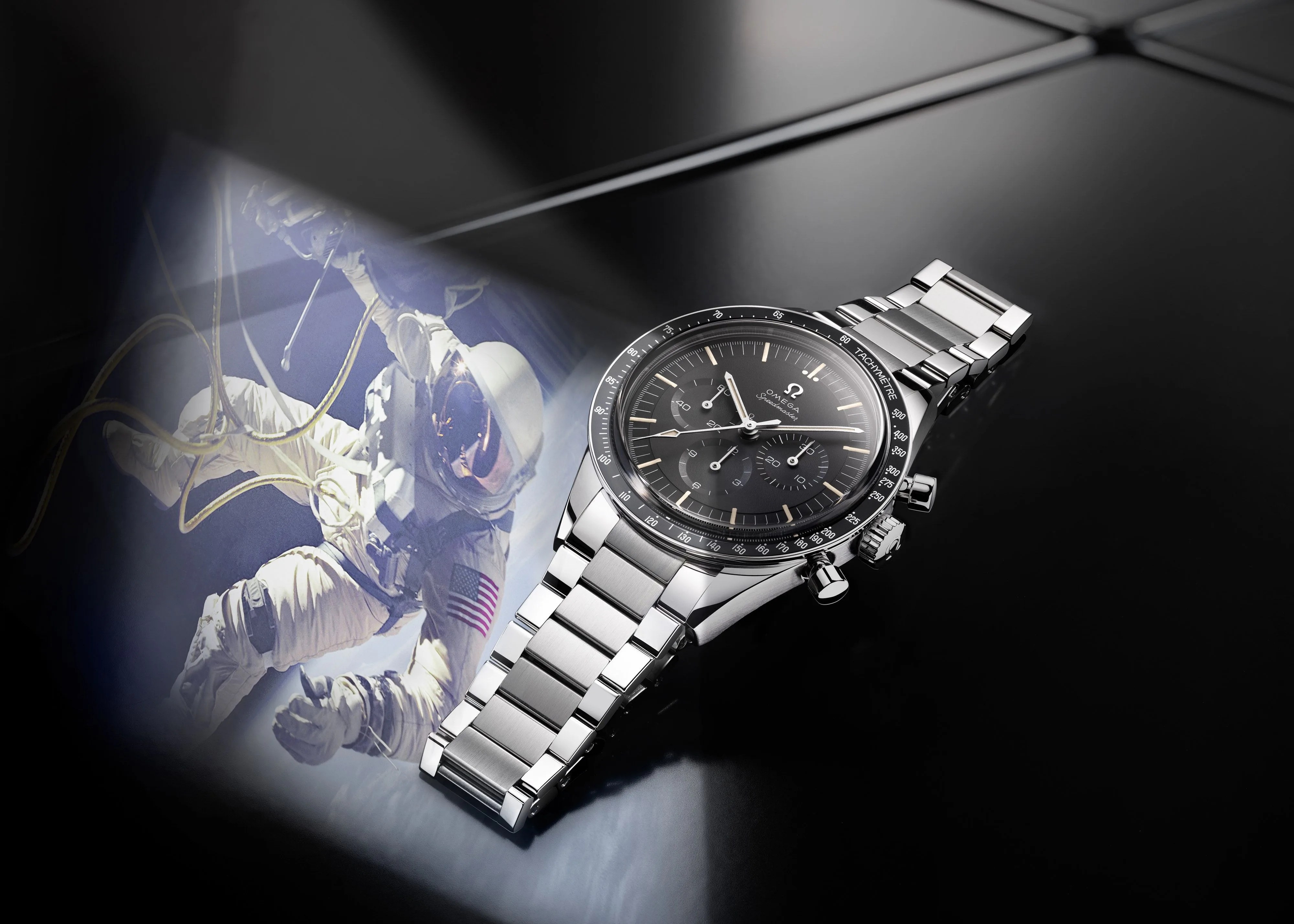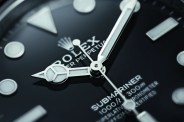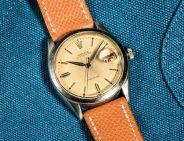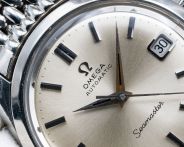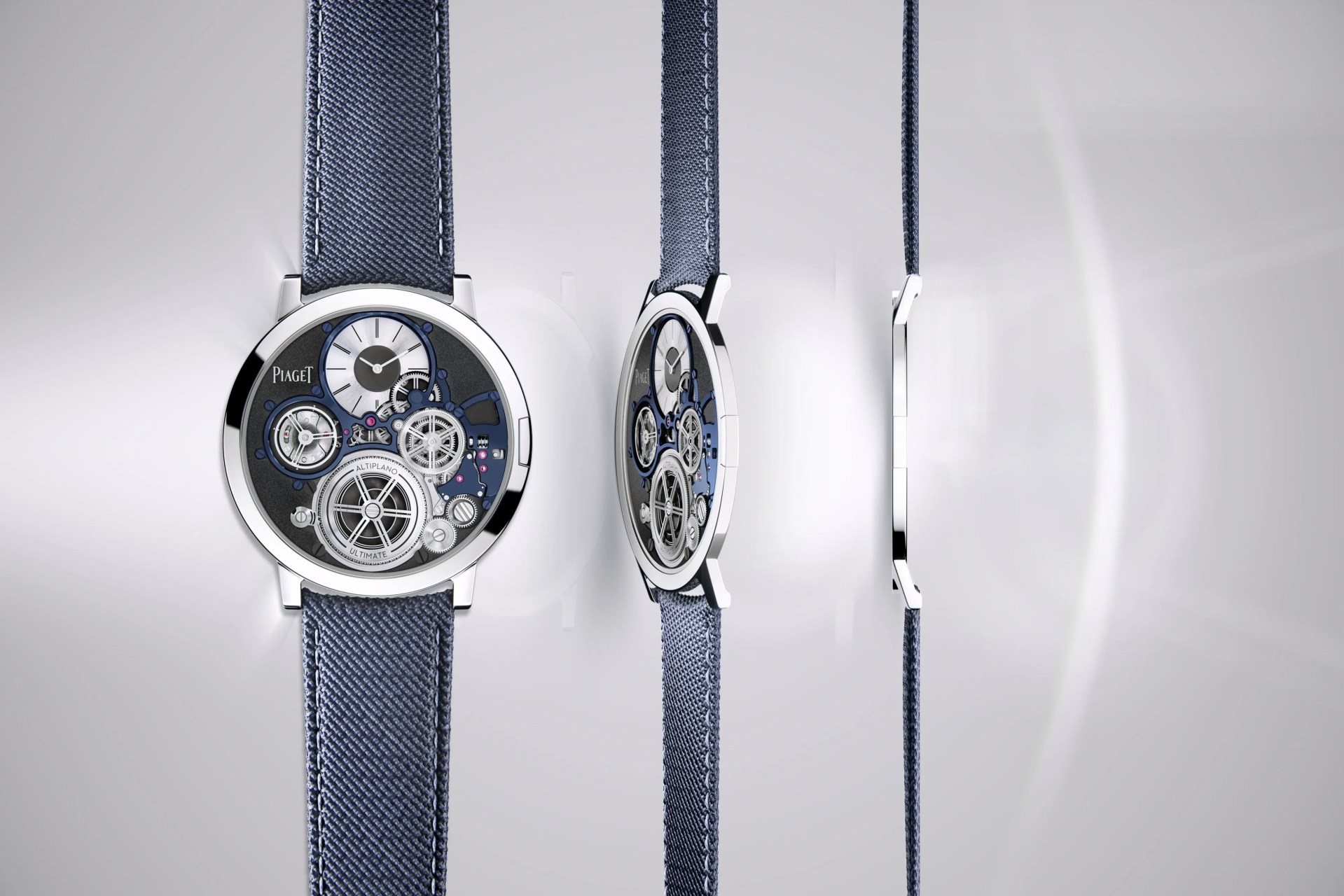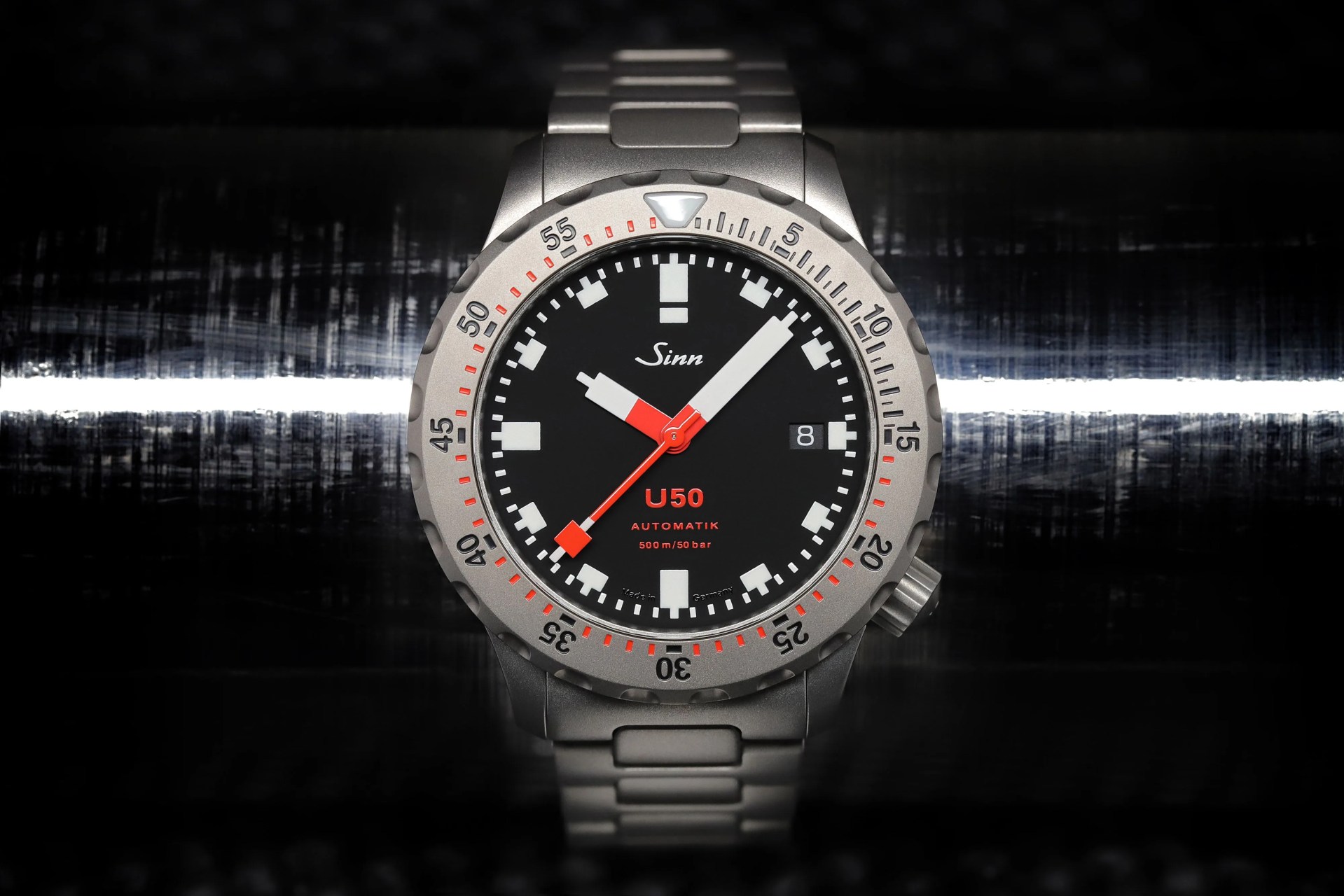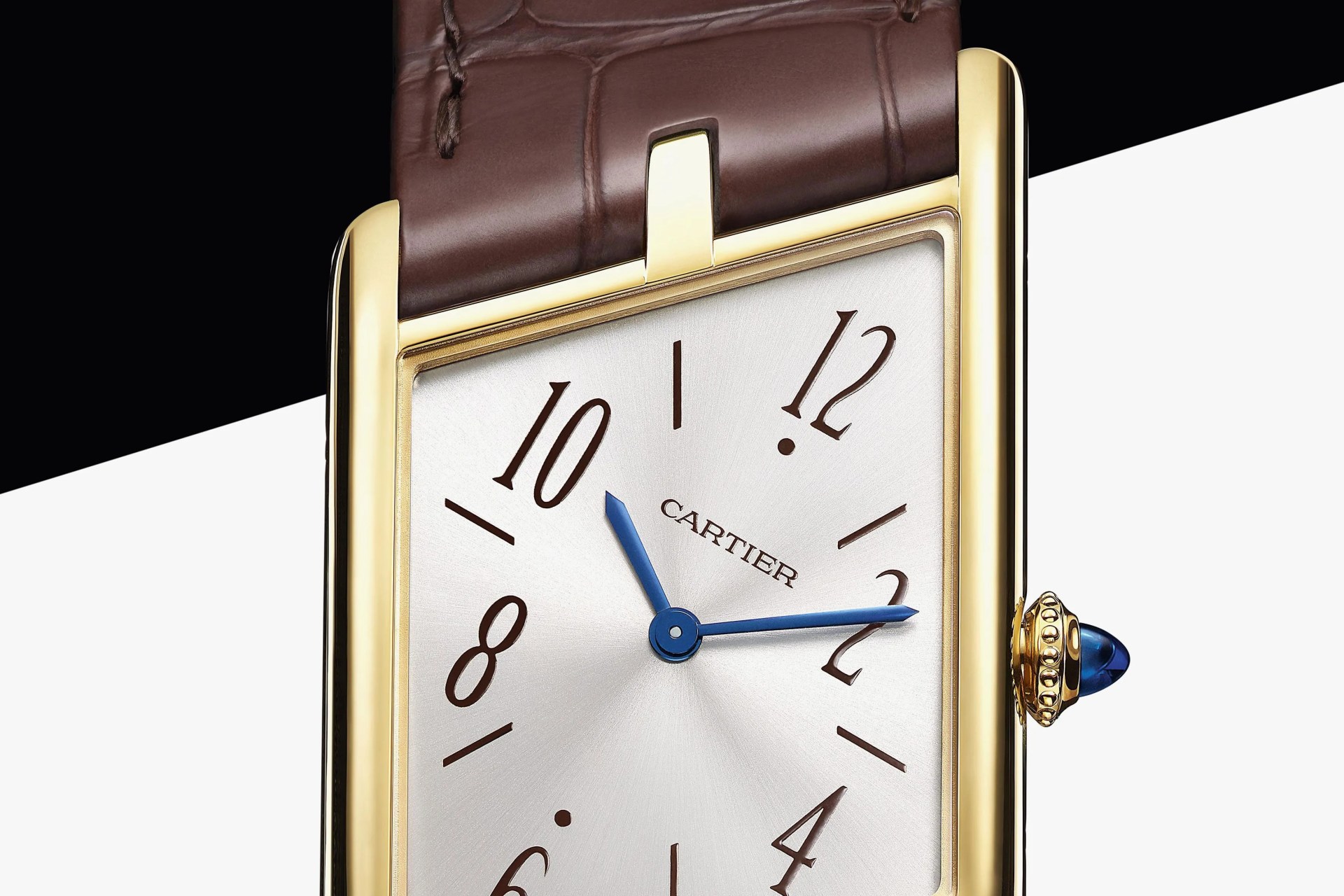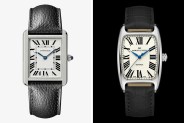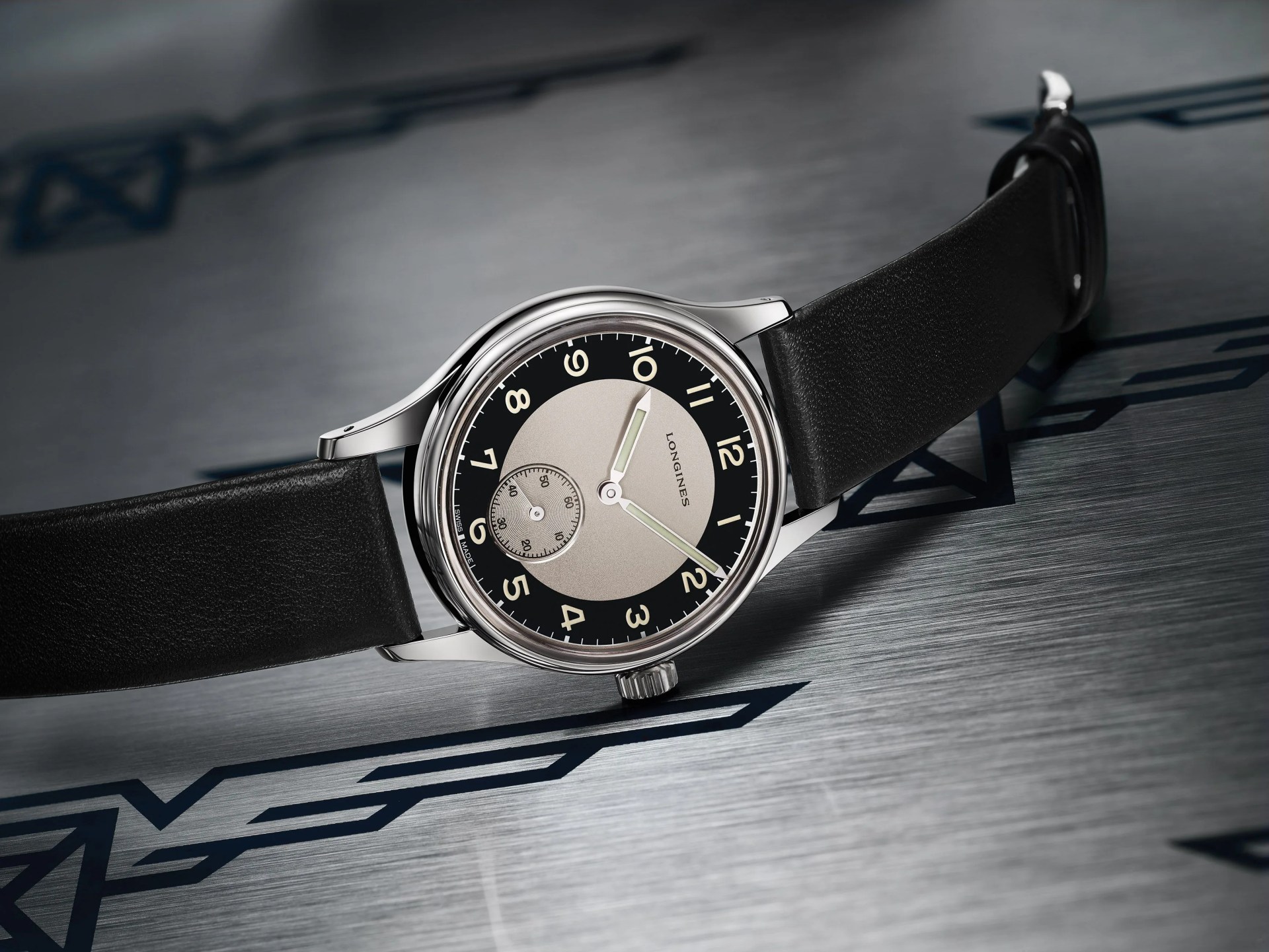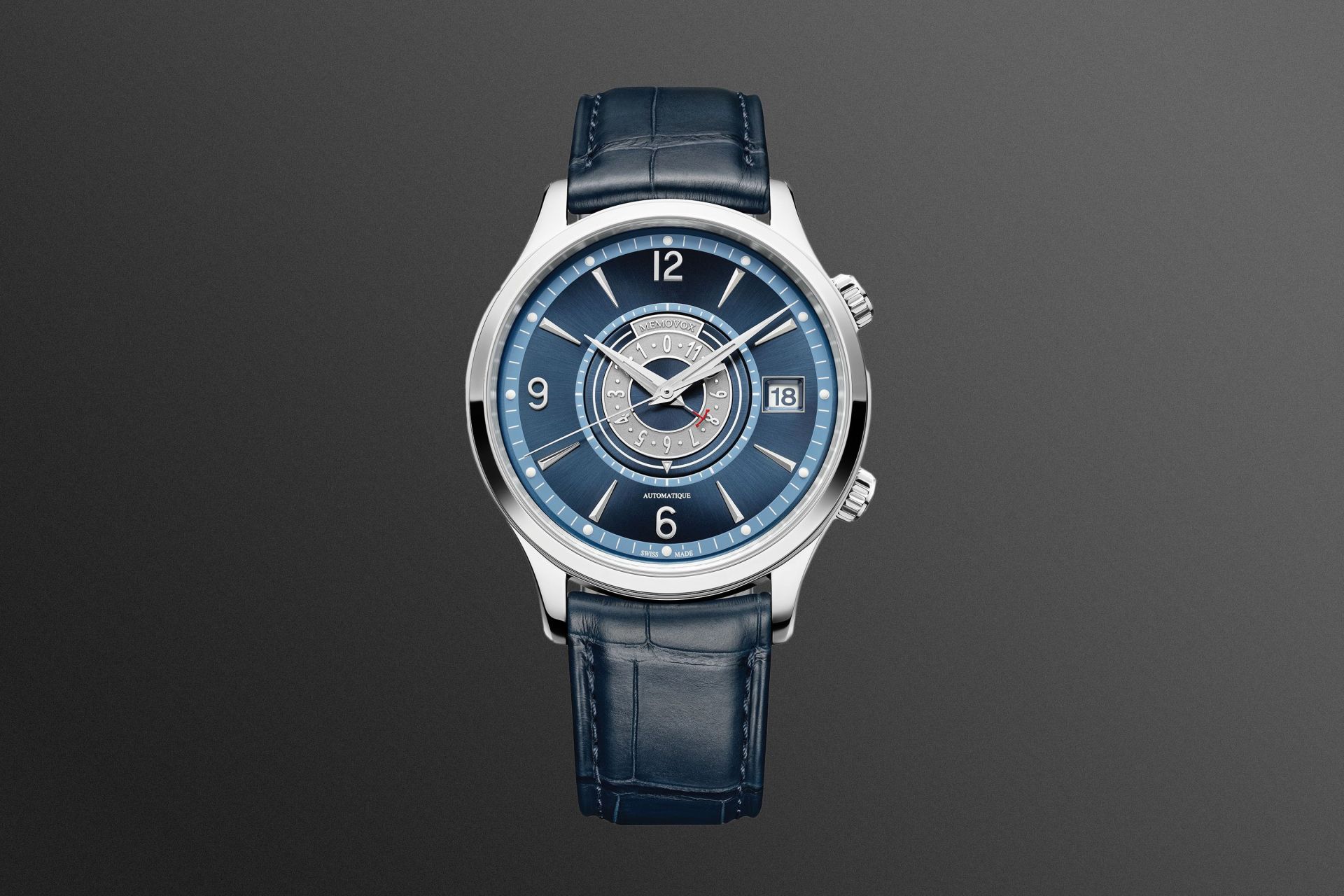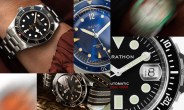This story is part of the GP100, our list of the 100 best new products of the year. Read the introduction to the series here, and stay tuned for more lists like it throughout the month.
In a year fraught with upheaval and uncertainty, the slight shifts in the horological landscape — the wider adoption of e-commerce, the continued downsizing of watch-case diameters — were welcomed. New watches were characterized by mostly incremental changes: Omega debuted a renewed caliber 321 movement in a steel Speedmaster (pricey but awesome), and Rolex’s Oyster Perpetual brought back bright dial colors from the 1970s (unexpected but beautiful). Despite the tumultuousness of 2020, time, it appears, marches on.
Rolex Oyster Perpetual
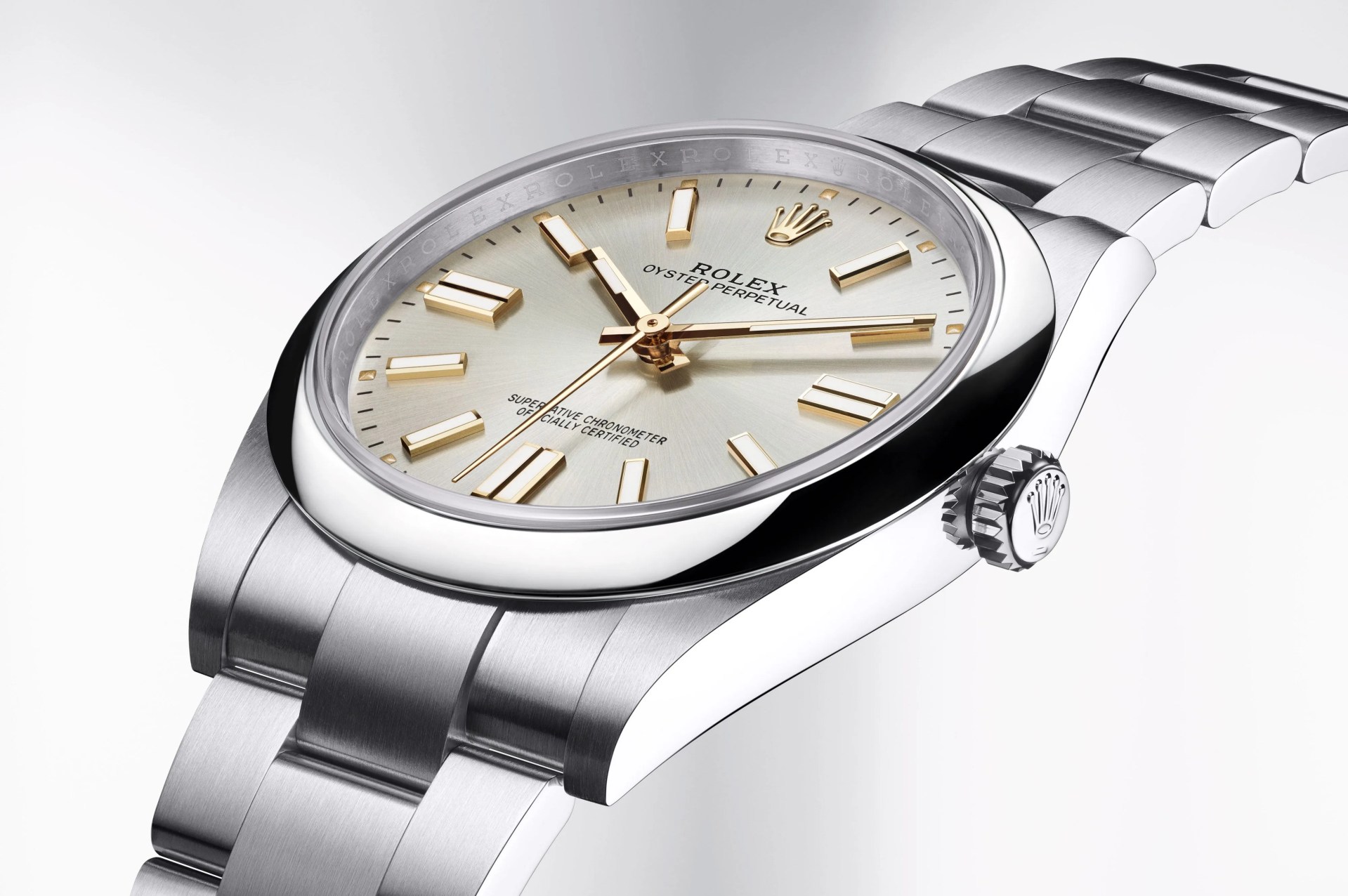 Courtesy
CourtesyMovement: Rolex cal. 2232 or 3230 automatic
Water Resistance: 100m
Diameters: 28mm, 31mm, 34mm, 36mm, 41mm
Price: $5,100+
When many people think of a wristwatch, they imagine the Rolex Submariner. The flagship diver was introduced in 1953 and still turns heads, as it did most recently when Rolex dropped news of a new 41mm Sub in August. But it was the quieter debut of an updated Oyster Perpetual, the Crown’s entry-level model, that has captured the hearts of die-hard Rolex nerds in 2020.
Back in the 1970s, certain Rolex models were equipped with bright, eye-catching enamel faces called “Stella” dials. They were wild, especially by Rolex’s famously conservative standards today. (Most of its watch dials are black, white, silver — maybe an occasional blue.) So when Rolex brought a flock of new, Stella-looking OPs onto the scene in 2020, Crown devotees took notice. Is Rolex being, daresay, fun again?
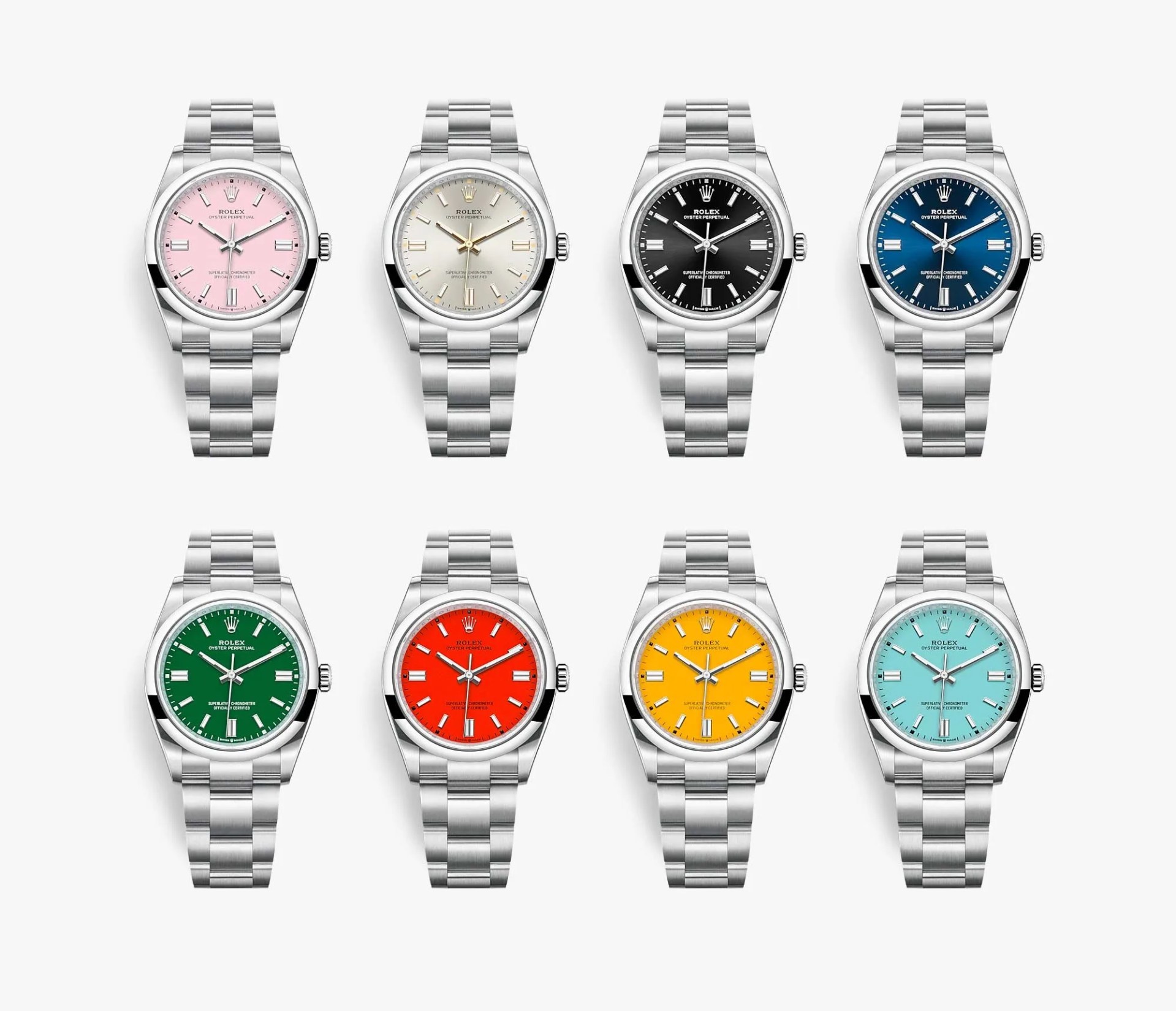 Rolex
RolexHowever you want to characterize the move, it’s a welcome one. The Oyster Perpetual is no longer available in the beloved 39mm “Goldilocks” size, but there are now five diameters of OP to choose from (including a new 41mm version) in a host of striking shades, from canary yellow to sky blue to fire red and more. Best of all, if you’d prefer a classic Rolex look, you can spring for handsome silver-grey, rhodium or ruthenium dials.
With its upgraded Rolex cal. 2232 or 3230 automatic movement (depending up on the size), matching steel Oyster bracelet and handsome new dial colors, the new OP may be the Rolex to get in 2020.
Omega Speedmaster 321 Stainless Steel
 Omega
OmegaMovement: Omega caliber 321 mechanical
Water Resistance: 50m
Diameter: 39.7mm
Price: $14,100
While most watchmakers today are content to simply replicate a vintage look in a modern timepiece, Omega recently went to uncommon lengths to recreate one of its famously space-tested Speedmaster watches.
Four years before the 1969 moon landing, American astronaut Ed White became the second person ever to perform a spacewalk. He did it with two Speedmasters that each showed a different time zone. To revive the long-discontinued caliber 321 manually wound movement that powered these watches, Omega used tomographic imaging to scan a vintage example. The brand then opened a workshop dedicated to meticulously duplicating the movement, assigning a single watchmaker to assemble each new caliber 321-based Speedmaster watch by hand.
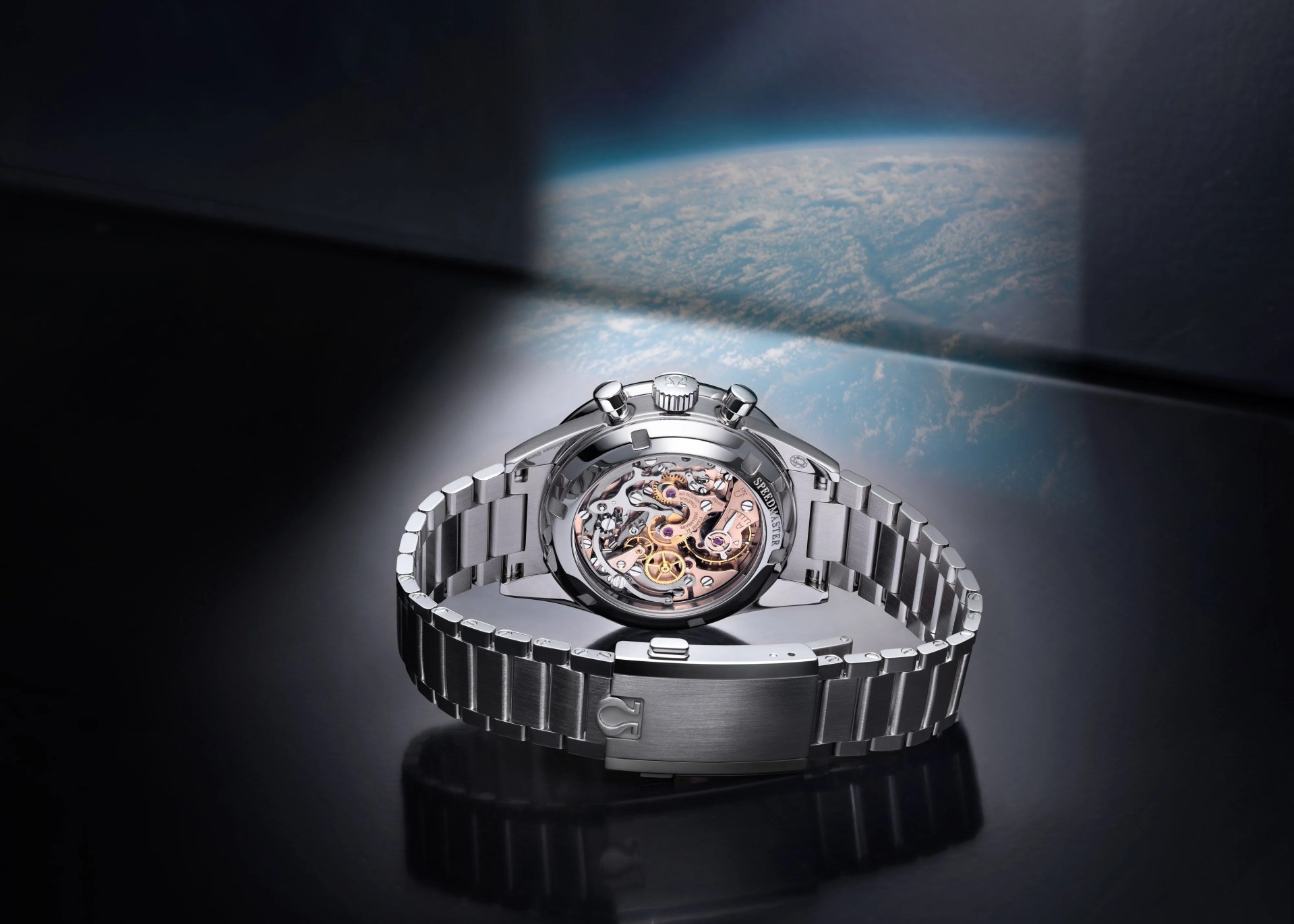 Courtesy
CourtesyThe new 321, which replicates a movement that’s been out of production for 50 years down to its tiniest detail, now powers a thoroughly modern chronograph. And though the watch is based on a reference that preceded Omega’s iconic Moonwatch, it satisfies those ardent fans who have long been waiting for an authentic modern Speedy.
The new Speedmaster is remarkably faithful to the original, but Omega isn’t trying to fool anyone into thinking it’s a vintage model. Watches of the sixties hid their movements behind solid case backs; here, however, Omega proudly displays the modern caliber 321 through a transparent window, and features like a sapphire crystal and a ceramic bezel are welcome upgrades — even if they aren’t historically accurate.
The one letdown is that while the Speedmasters of the 1960s were purely pragmatic tools, the modern Speedmaster Moonwatch 321 Stainless Steel is a collector’s dream, and therefore priced accordingly at over $14,000.
Seiko Prospex SPB149
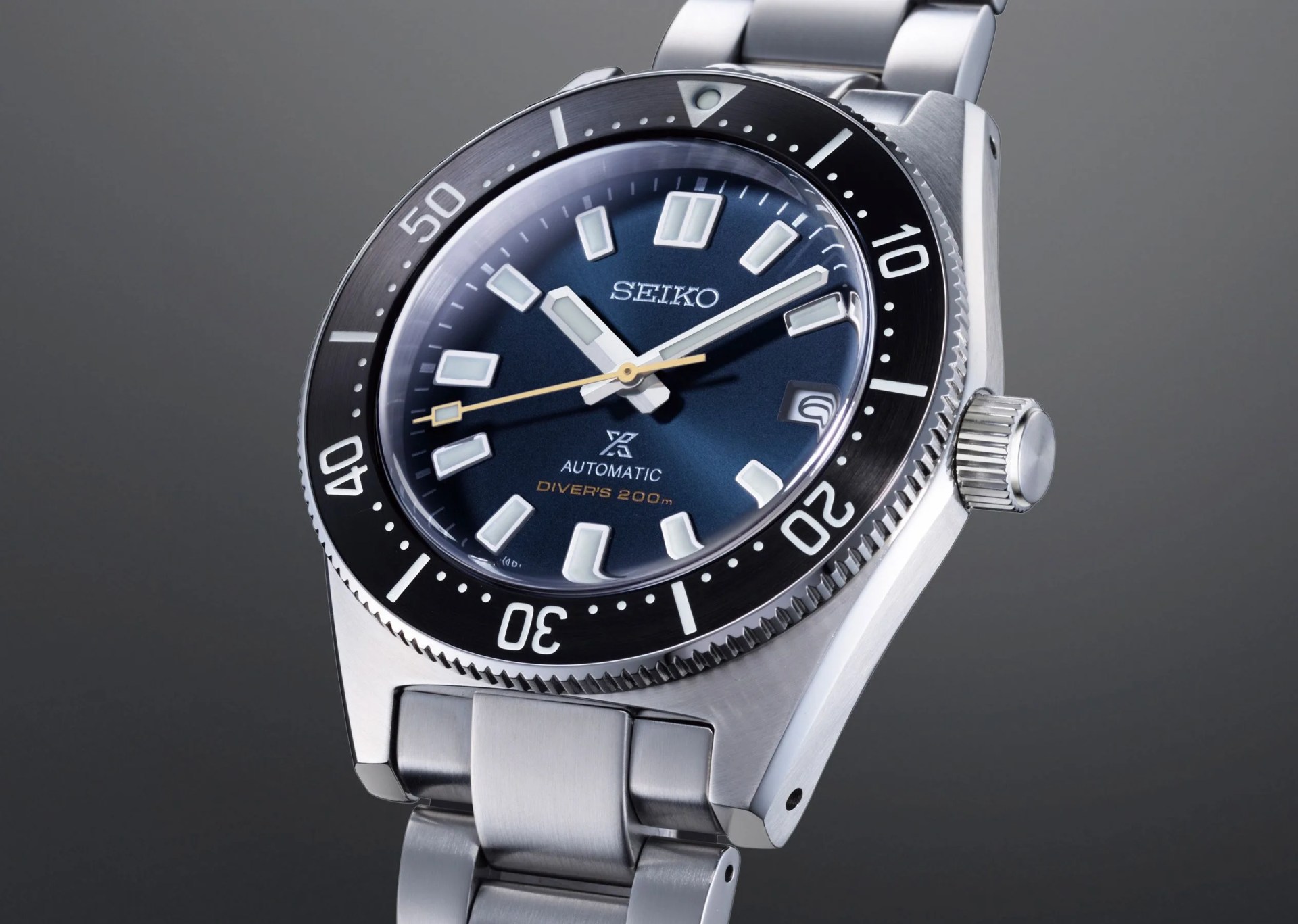 Courtesy
CourtesyMovement: Seiko 6R35 automatic
Water Resistance: 200m
Diameter: 40.5mm
Price: $1,350
Seiko’s broad collection of modern dive watches all began with a single model in 1965: known as the 62MAS (aka reference 6217-8001), it still underpins the brand’s aesthetics and feel. The 62MAS was not only a milestone for Seiko, but is also recognized as Japan’s first professionally oriented dive watch. Water-resistant to 150m and featuring an automatic movement, it had most of the basic traits of modern divers and the pragmatic looks that now captivate vintage watch enthusiasts.
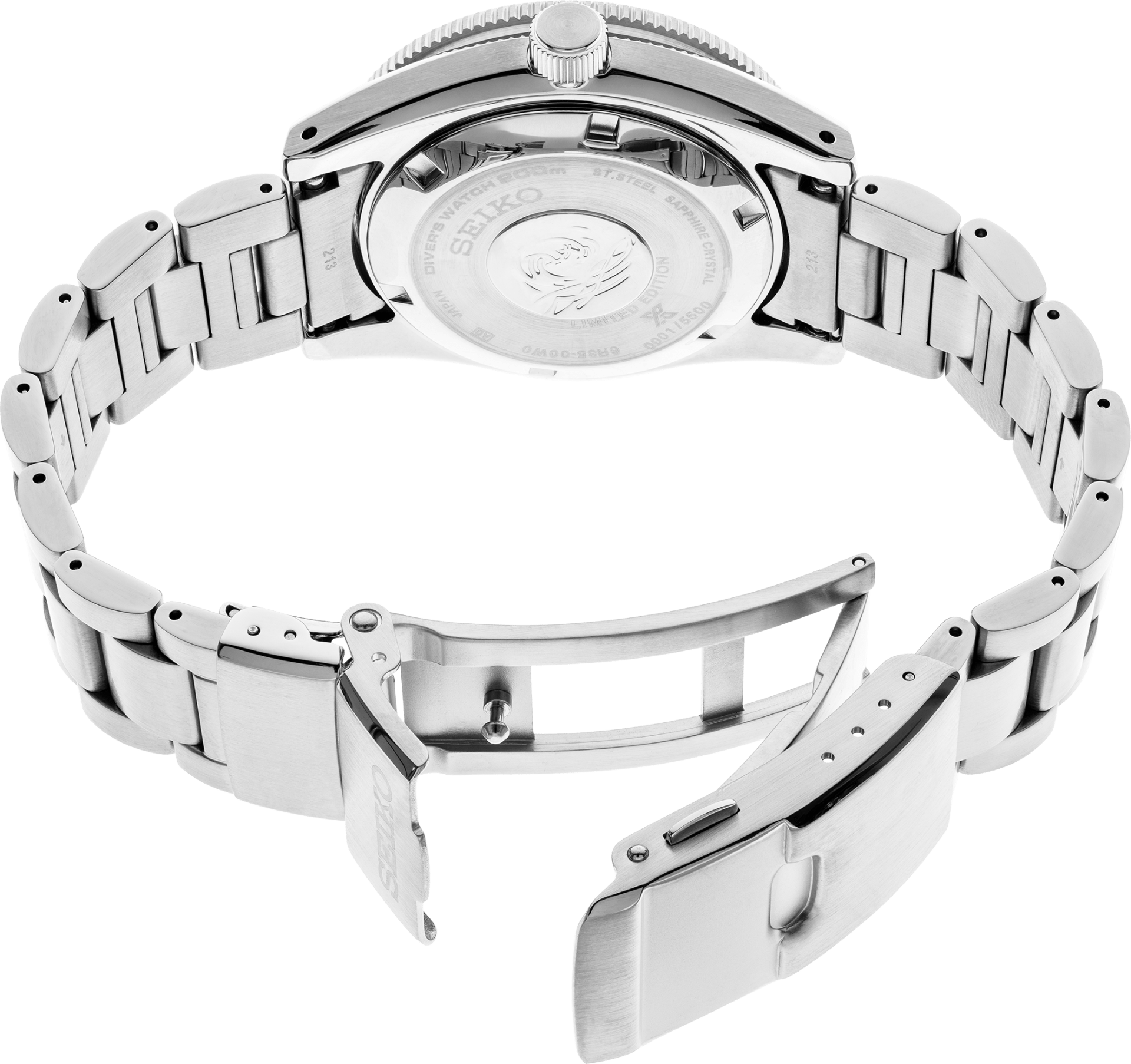 Courtesy
CourtesyThough it’s been replicated and reinterpreted over the years, the 62MAS’s latest incarnation, the SPB149, truly nails the balance between retro and contemporary, making for one of the most compelling timepieces of 2020. Blocky elements of the watch’s design — such as the hands, indices and the case itself — evoke the 62MAS, but its broad bezel immediately sets it apart. More than these design elements, however, it’s the high level of refinement and build quality that characterize the SPB149, reinforced by premium features like sapphire crystal and Seiko’s recently upgraded 6R35 automatic movement with 70 hours of power reserve.
The SPB149 (and its related siblings) is still very much a tool watch with the rock-solid quality and value Seiko fans expect, but its design, dimensions and character make it stand from out other divers in Seiko’s approximately $1,000 Prospex tier — and from most of the non-Seiko competition.
IWC Portugieser Yacht Club Moon & Tide
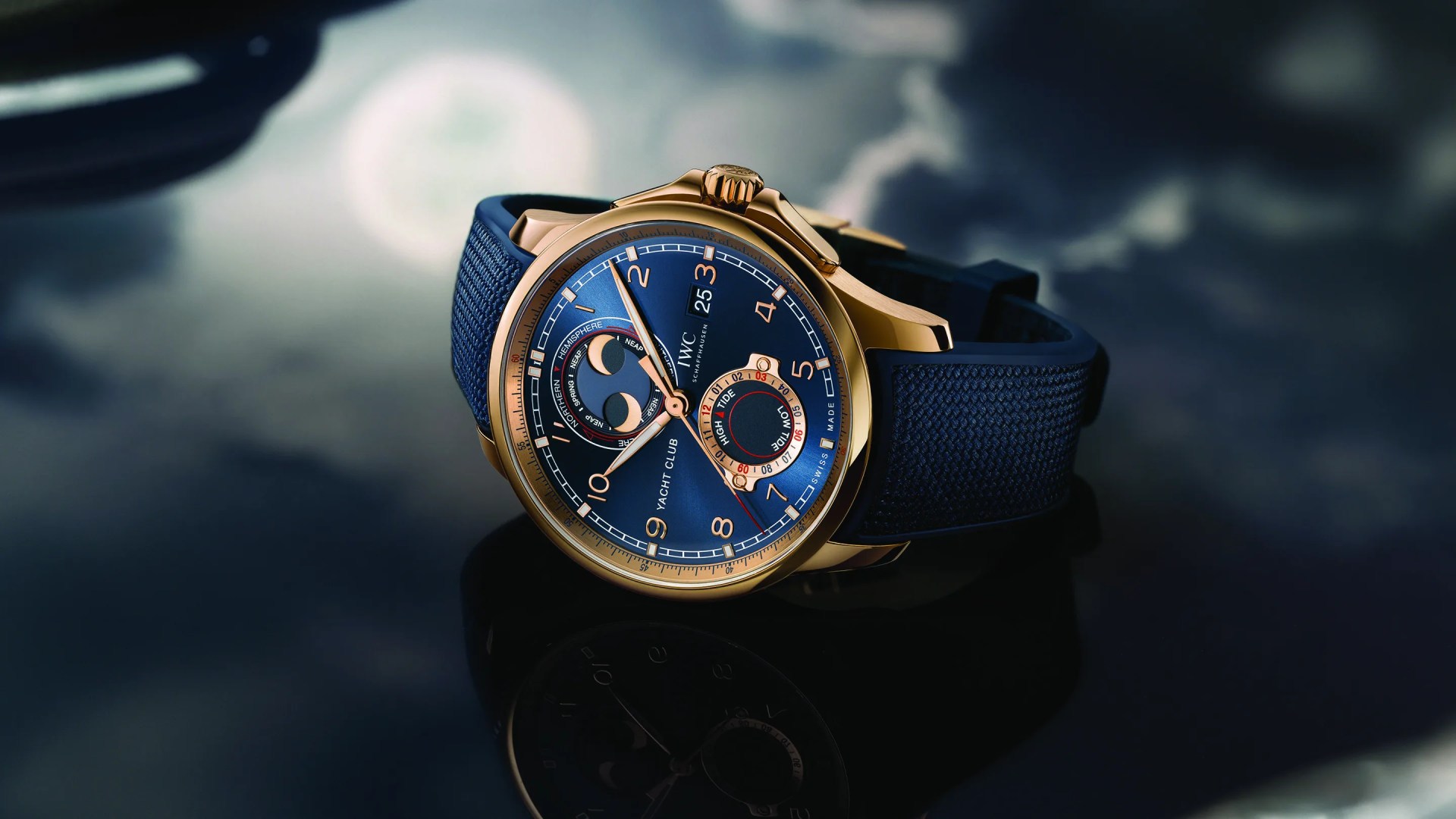 Courtesy
CourtesyMovement: IWC cal. 82835 automatic
Water Resistance: 60m
Diameter: 44.6mm
Price: $33,100
Complicated mechanical timepieces — those that do anything beyond simple timekeeping — are engineering marvels that have to be seen to be fully appreciated. A calendar watch that tells you the day, date and month? Yep, those exist. And they’re powered by springs and gears.
One such complication that’s esoteric even by independent watchmaking standards is the tide indicator, which gives the wearer information on the Earth’s tides — high or low, spring or neap — and when they’ll occur relative to the time of day. Only a handful of such watches have been designed over the years, the latest of which comes from a major Swiss brand in the form of the IWC Portugieser Yacht Club Moon & Tide.

